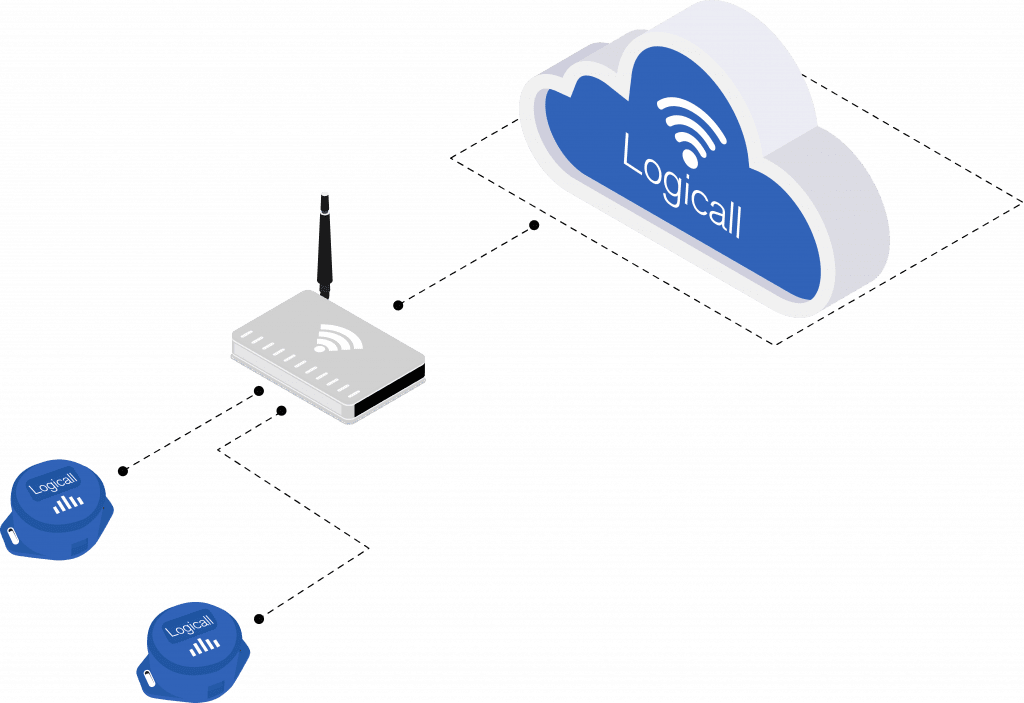Cloud-Based Monitoring Systems: A Guide to Ensuring Optimal Security
While physical locks shield our real-world domains, the digital realm demands equally robust security measures. Here, we’ll discuss the essential precautions when opting for a Cloud-based Monitoring System, touching upon minimum security standards, data handling, and proactive protective measures.
Disclaimer: This guide serves as a foundational resource and doesn’t encompass every security aspect. It aims to shed light on key considerations when eyeing a Monitoring system.
Deciphering the Need for Security
To comprehend the needed protection level, it’s pivotal to understand the potential threats and their motivations. You might question, “Why would anyone want my sensor data?” However, malevolent actors often perceive Monitoring Systems as gateways to broader network access, a treasure trove of sensitive information.
Access Control: Balance is Key
A tiered access system can ward off unwarranted meddling while keeping the system user-friendly. By ensuring specific users access only relevant sensor data, you minimise potential misconfigurations and streamline user experience.
Permission Levels: Reflecting Hierarchies
Incorporate varying levels of permissions to mirror the responsibilities within your organisation. This hierarchy allows for better control, ensuring that data access and system configurations are exclusive to authorised personnel.
Signal Encryption: The Digital Shield
If your choice is a wireless system, acquaint yourself with its security dynamics. To thwart potential interception and misuse, ensure the wireless signals, including those to the Cloud, are encrypted. With encryption, intercepted data remains indecipherable, thereby neutralising potential threats.
Disaster Recovery: Preparing for the Unexpected
Always have a Plan B. Understand the measures your Monitoring System provider has in place for unexpected situations like company dissolution, system failures, or sudden policy shifts. A robust Disaster Recovery document from your provider should elucidate these points.
Server Security: The Cloud’s Fort Knox
When it comes to cloud-based solutions, data often traverses from your locale to an external server. It’s paramount that your provider safeguards this data diligently, with comprehensive security protocols. An accessible document detailing these measures will grant peace of mind.
GDPR & Third-Party Collaborations
It’s not uncommon for monitoring system providers to collaborate with third-party entities, whether for calibration, hosting, or development. Ensure that data shared adheres strictly to GDPR regulations and that third-party entities maintain the same high standards of data protection.
Historical Data: Ease of Access & Retention
The allure of software-based monitoring systems is the treasure trove of historical data. While securing this data is non-negotiable, accessing it should be hassle-free for authorised users. Before committing, ensure there are no hidden costs to access archived data and verify data storage capacities to avoid unintentional data losses.
Conclusion
Navigating the maze of cloud-based monitoring system security can seem daunting, but armed with the right knowledge, you can make informed decisions. For a deeper dive and more insights, explore www.logicallmonitoring.co.uk or subscribe to our newsletter for timely updates.

